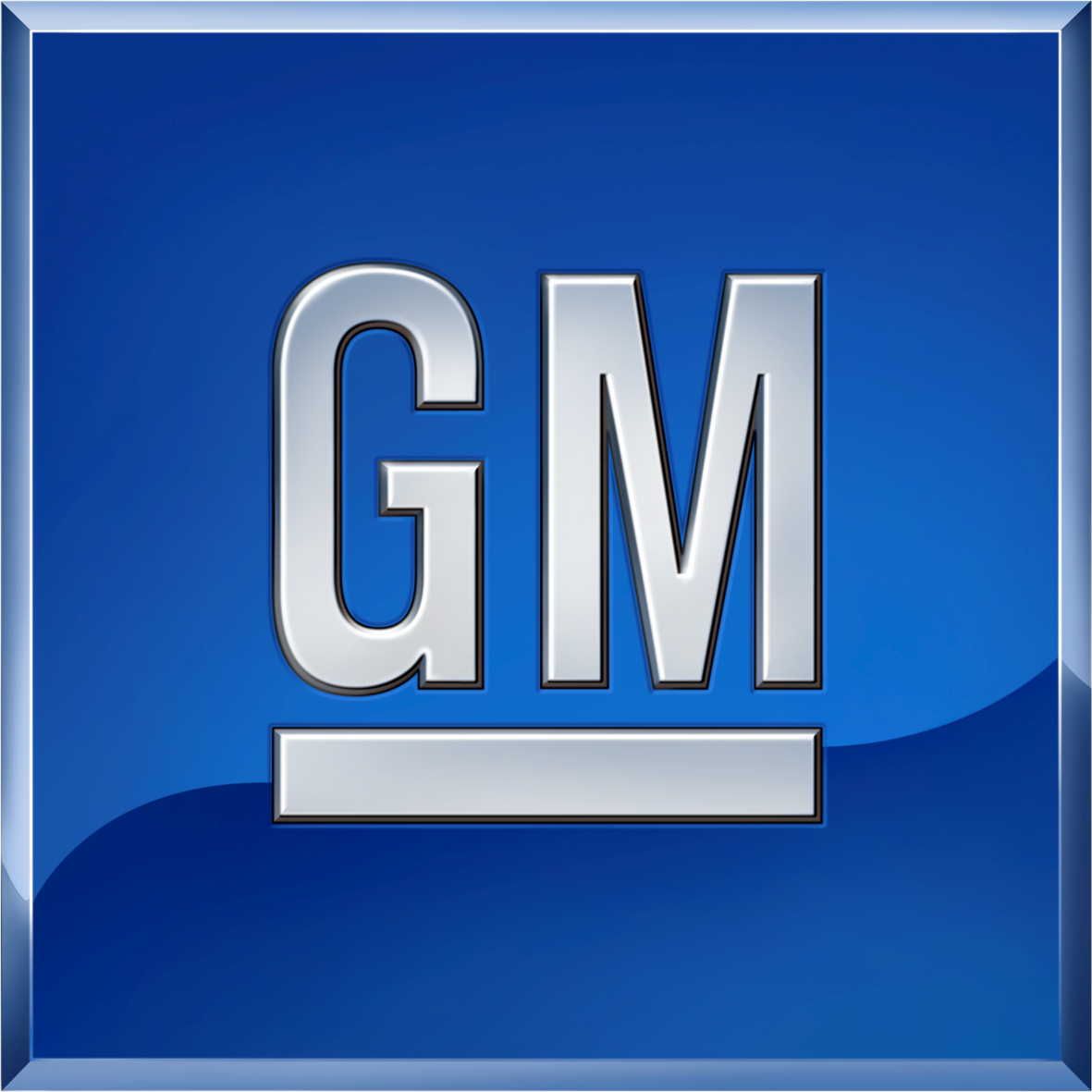A Dow Jones report gives a unique insight into how car dealers make their money on new GM vehicles. GM has announced that it will increase by an average of .5% the mark-up between dealer cost and sticker price. This comes in the same week that GM publicly announced a 1.5% price increase, ostensibly to cover increased “commodity” costs.
That means the dealer mark-up on a car will average 10.5 percent and on pick-ups it’ll be 12.5%.
But, there’s more.
GM will also increase the amount that it will pay to cover the dealer’s interest cost for keeping a vehicle in dealer inventory (called a “floor plan” in the business.) Dealers pay the carmaker when the car leaves the factory, and local banks usually loan the money to cover that cost until the car sells. GM, however, makes payments to dealers that are designed to cover the interest cost.
GM is increasing the payment, so that it will now cover 91 days of interest, rather than 69.
But, here’s the kicker: the payment is not a reimbursement. GM makes it no matter how long it takes to sell the car. So, if the car sells the day after the dealer gets it, the dealer will still get 91 days of GM interest payment coverage, even though it only pays the bank for two days of actual interest.
GM had previously cut dealer margins when it cut vehicle list prices, so this move – to some extent – restores some of the profit margin that dealers previously possessed.
But it also provides an interesting insight. Along with other incentives which car makers provide to dealers, it makes it very clear that invoices do not reflect true dealer costs.
Another piece of information to consider next time you’re in the market for a new set of wheels.

